Dust is the general name for solid particles with diameters ranging from a few micrometers to half a millimeter, which settle out of their own weight or may be suspended in the air.
Dust is formed in many places, from many activities. In the house, it includes atmospheric dust mixed with dust generated by the friction of objects, mainly from human skin, fabric fibers on clothes, blankets, etc. Some small insects in the house eat the organic components of this dust. Their waste also becomes dust and can cause allergies to humans.

Dust appears everywhere, from inside the house to on the street.
Dust from the environment
On the road, dust is formed from the soil, from friction in human activities and vehicles. Especially, nowadays, in densely populated areas with a lot of traffic, the amount of dust in the air increases, significantly affecting the quality of life.
With thousands of tiny dust particles in the air every day, the quality of the environment and life is being destroyed. For the environment, dust is one of the main factors that reduce air quality, leading to pollution. In addition, dust sticks to the surface of many objects, buildings, etc., causing loss of aesthetics, reducing the life and performance of many devices and machines.
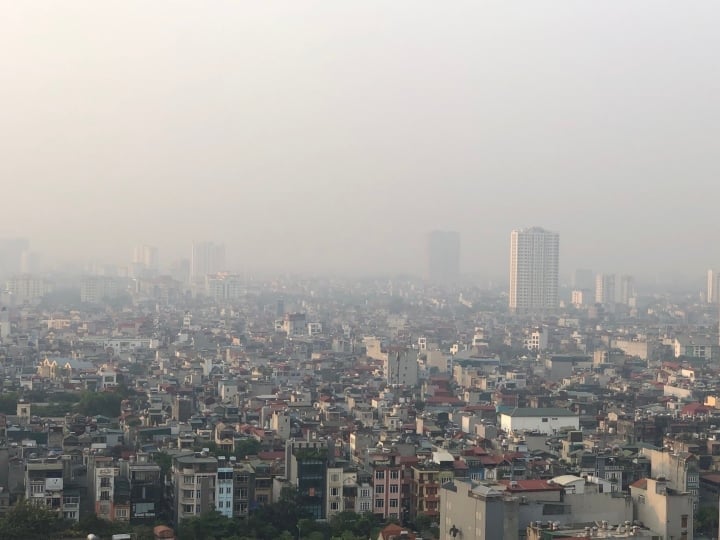
Dust from the environment directly affects the quality of human life.
Dust from industries
In addition, a large amount of dust comes from heavy industries and construction. For example, in the wood manufacturing and processing industry, dust is mainly generated from sawing, cutting, forming, milling, and planing stages. In the coal mining industry, dust comes from mining, production, and transportation. This is also one of the important causes of environmental pollution at the present time.
Industrial dust, also known as process dust, is generated during manufacturing or production. For example, cutting, drilling, grinding or sawing will generate dust. It can also be emitted from materials, chemicals or ingredients used in the manufacturing process, such as flour, sugar and pharmaceutical products. Processes such as welding and plasma cutting also generate very small particles, fumes and smoke.
Industrial dust can contain metals and chemicals that can be harmful if inhaled or come into contact with the skin. Additionally, some types of process dust can be flammable, which can cause workplace explosions and fires if not handled properly.
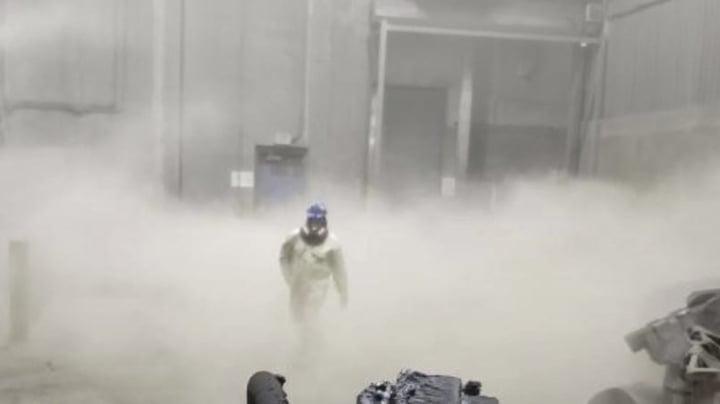
Fires and explosions can also leave large amounts of dust.
Dust - environmental pollutant
At the same time, dust is also “eroding” the health of many people. Exposure to toxic dust and smoke will make us susceptible to respiratory diseases. Superfine dust particles that accumulate in the body for a long time are the cause of coughing and difficulty breathing. More seriously, it can be pneumonia, bronchitis, chronic obstructive pulmonary disease, etc.
At the same time, dust can cause allergies and diseases of the skin, ears, eyes, etc. Dust carries bacteria that easily attack parts such as the skin, eyes, and ears, etc. This condition is not too dangerous but causes discomfort, affecting people's work and life.
Dust can cause many harmful effects on human life at the same time. Therefore, to limit dust, some measures can be applied such as planting more trees to increase air filtration capacity, treating dust with advanced techniques such as wet filtration, electrostatic method, fabric bag filtration method, fabric membrane, centrifugal method...
Tuyet Anh (Source: Synthesis)
Useful
Emotion
Creative
Unique
Wrath
Source




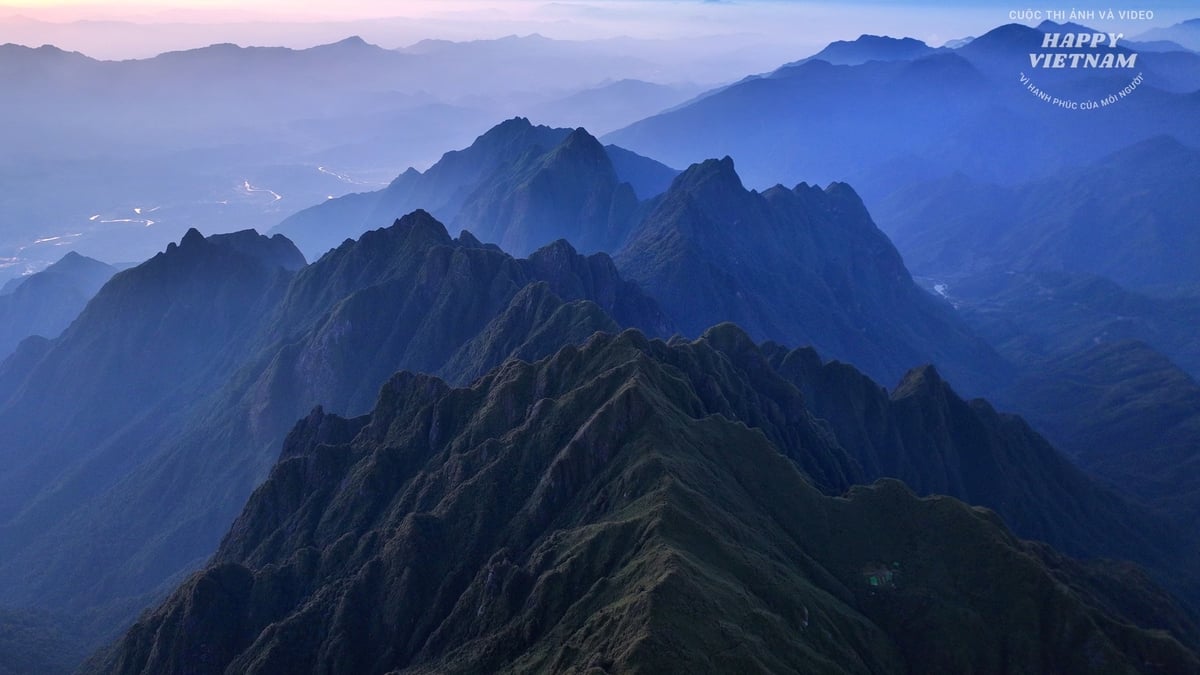

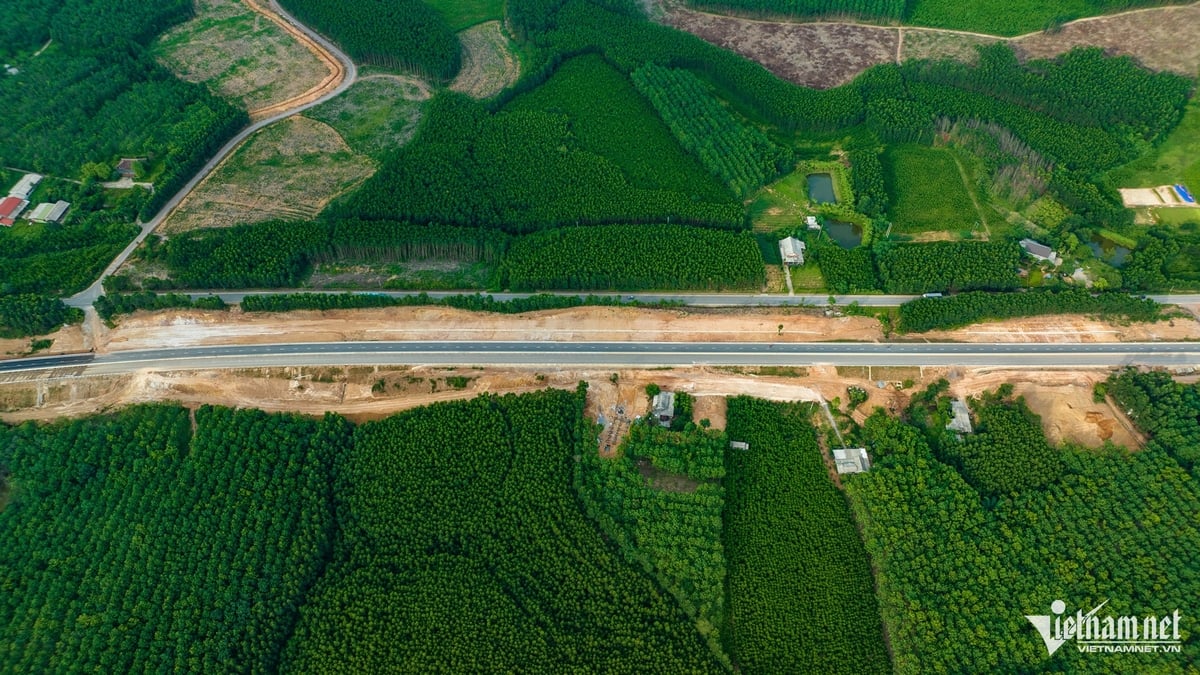

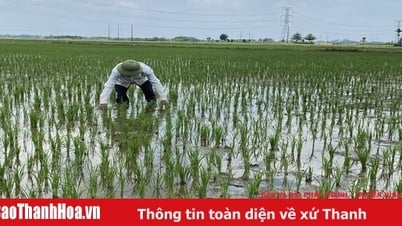



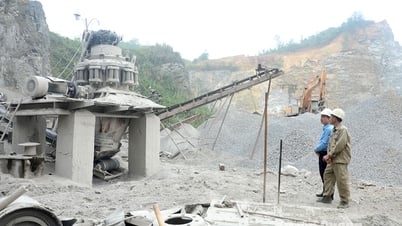

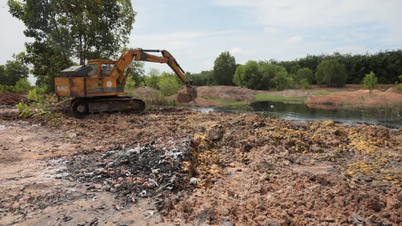


















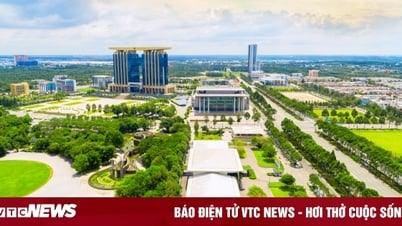



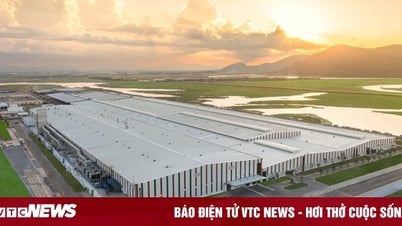

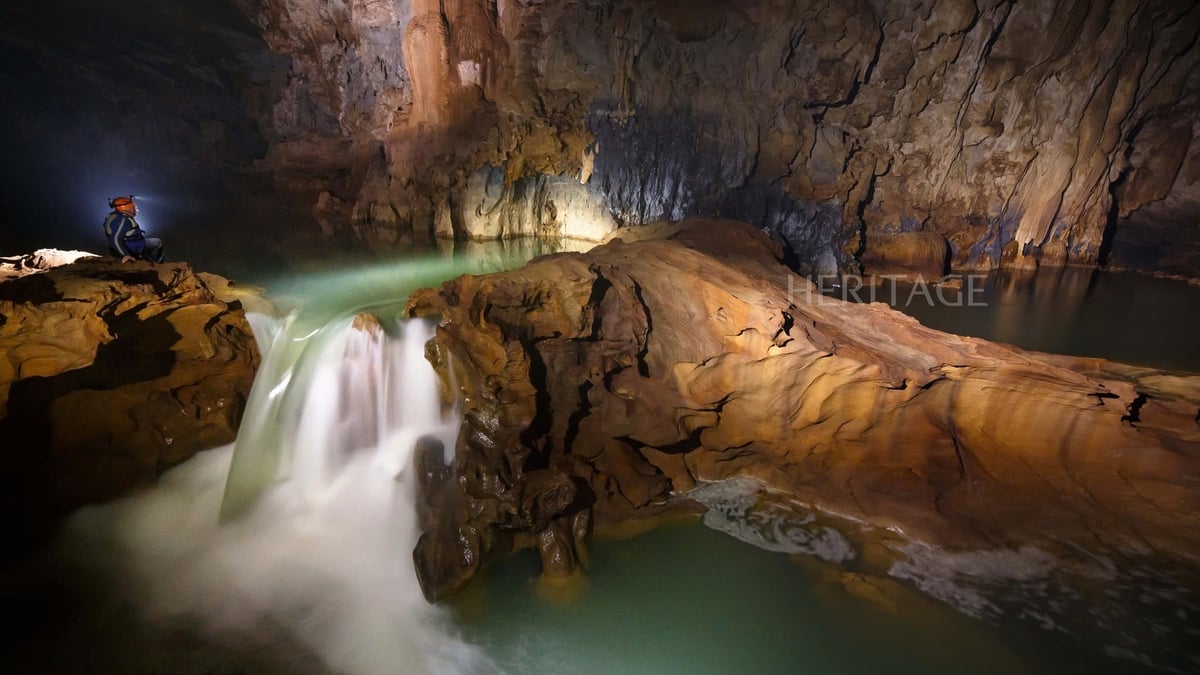







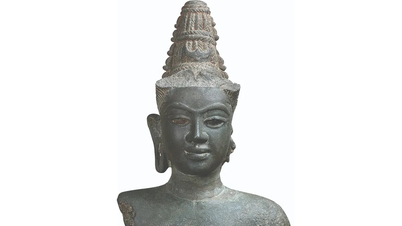
















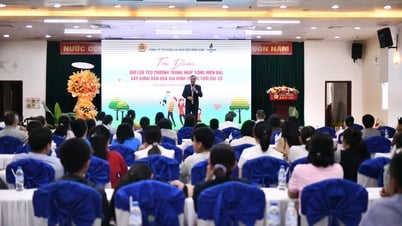







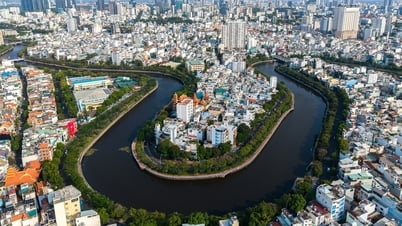
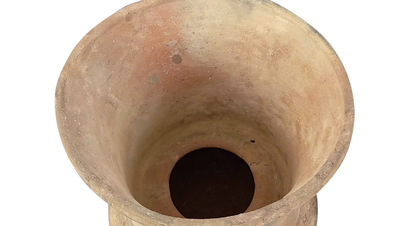

![[Infographic] Circular guiding the functions, tasks and powers of the provincial Department of Culture, Sports and Tourism and the commune-level Department of Culture and Social Affairs](https://vphoto.vietnam.vn/thumb/402x226/vietnam/resource/IMAGE/2025/6/29/877f24989bb946358f33a80e4a4f4ef5)









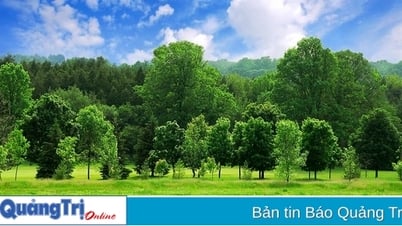

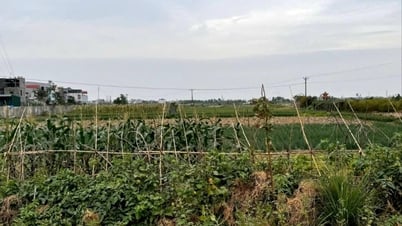






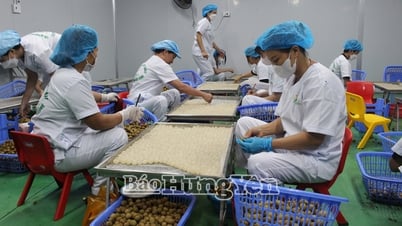



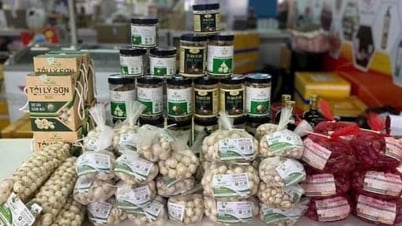



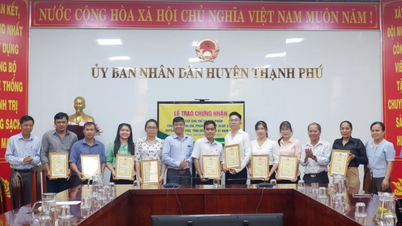
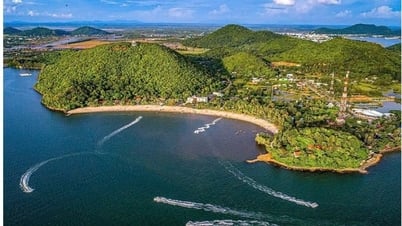






Comment (0)